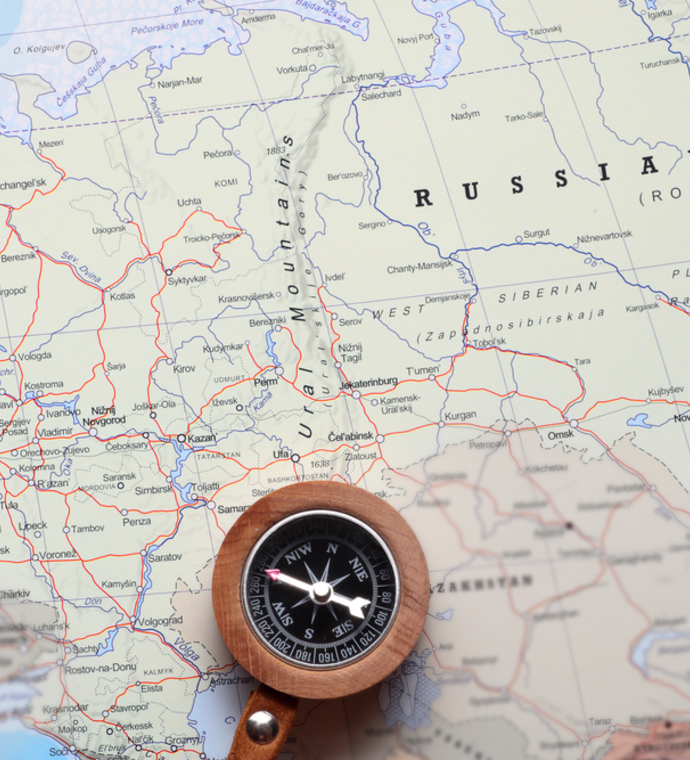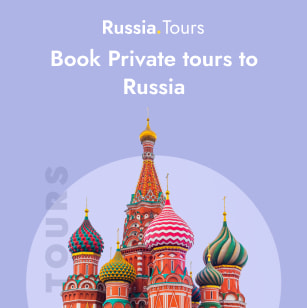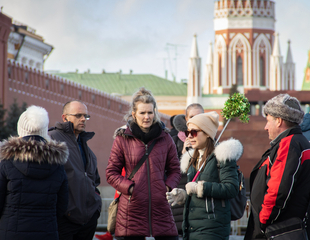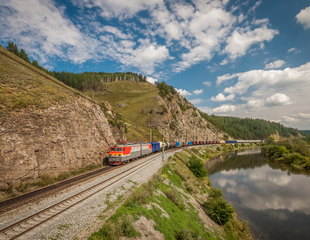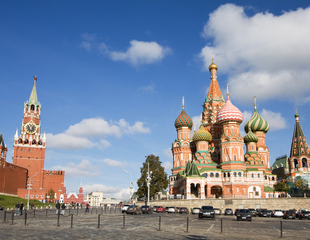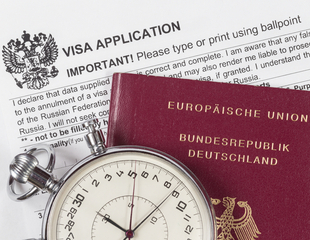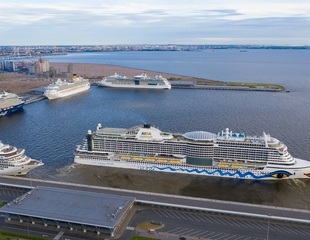For most foreigners, Russia is often associated with two main cities, Moscow and St. Petersburg. This is the heartland of former Imperial Russia, and these great and ancient cities often become the focus for most tourists visiting Russia. Moscow, with its traditional ancient Russian churches and the beautiful Kremlin, and Saint Petersburg, which is the most European of all Russian cities, are the highlights of the great country. However there is much more to Russia, a country that spans eleven time zones and two continents, ending less than 50 miles from North America. It covers the major part of Eastern Europe and Northern Asia, bordering the Arctic Ocean, between Europe and the North Pacific Ocean. Within this vast expanse lies the largest freshwater lake in the world, the Baikal, rivers and forests, teeming with fish and wildlife, Europe's tallest peak (Mount Elbrus), awe inspiring volcanoes, and towering mountains. Featuring broad plain terrain with low hills west of Urals; vast coniferous forest and tundra in Siberia; uplands and mountains along southern border regions, Russia is the largest country on earth in terms of area, with enormous tracts of land that have been opened to travelers only in the last few years. Its climate ranges from humid continental in much of European Russia through steppes in the south; subarctic in Siberia to tundra climate in the polar north. Winters vary from cool along the Black Sea coast to frigid in Siberia; summers vary from warm in the steppes to cool along the Arctic coast.
Russia has a federative type of government. As of an administrative division, it consists of 49 oblasts, 21 republics, 10 autonomous okrugs, 6 krais, 2 federal cities, and 1 autonomous oblast. After the implosion of the Soviet Union in December 1991, post-Soviet Russia is still struggling to establish a modern market economy, modernize its industrial base, and maintain strong economic growth. The period 1992-1998 was marked by a poor business climate, deterioration in already shabby living standards, and failure to institute modern market reforms. Conditions improved markedly in 1999-2002, with annual output growing by an average 6% and with progress in structural reforms. Russia has a wide natural resource base, including major deposits of oil, natural gas, coal, many strategic minerals and timber.
Throwing off the traditions of communist uniformity, Russia today becomes a nation of diversity and tremendous vitality. Cultural traditions of a great country have re-awakened with a newfound strength. Ancient architectural monuments and cathedrals neglected and ruined in Soviet times are being rebuilt and restored. Colorful markets hum with activity once again, and literature and the arts are quickly regaining their creative power. A new Russia is in full bloom now. And international visitors are attracted more and more by this great country with honest and hospitable people, magnificent culture, ethnical and nature diversity, unbounded open lands, beautiful forests, mountains, lakes, beating pulses of bright and lively cities and calm rhythms of quite and measure living in remote country towns and villages.
The whole new world is waiting for you to be discovered!

